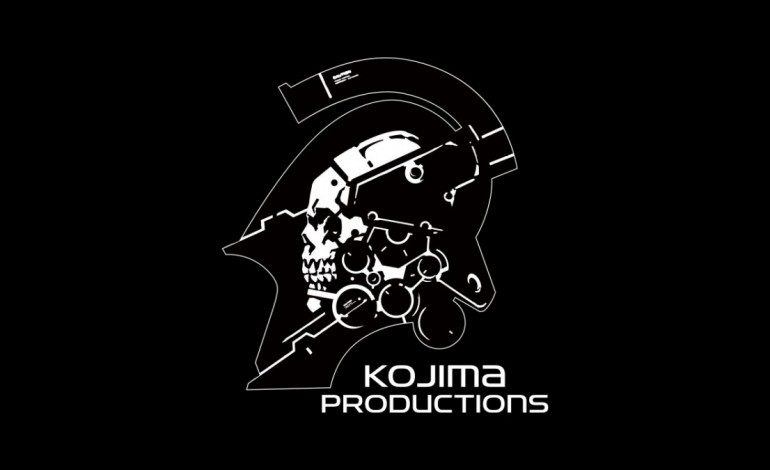

During Tokyo Game Show 2019, the gaming community got the chance to see lots of new gameplay for Death Stranding as Hideo Kojima presented two gameplay demos. One of the demos provided a look at how the game flows, highlighting exploration, combat, and how multiplayer functions. The other presentation was all about what you can do when you are at a Safe House in the game. In a new interview with Game Informer, Hideo Kojima shares more information about Death Stranding such as the game’s theme, design elements, and how the game is about America.
Talking about everything that was revealed during TGS 2019, Hideo Kojima says that the thing that he was most excited to talk about Death Stranding is how multiplayer works. “Playing the game is a lonely feeling, because you play alone usually, even though you’re online. A lot of people play on the couch, and perhaps they feel like, “Oh, I’m lonely, and I’m maybe strange, playing all alone.” And you’re doing it over and over. You’re traveling with BB, and maybe you feel lonely. Norman [Reedus] actually got this point as well – you’re struggling all alone. But at a certain point, you realize, “There is someone really similar to me who felt this loneliness,” because you see it when you’re indirectly connecting. Like in a movie theater – there are maybe 200 or 300 people watching a movie together. But today’s games, you’re playing by yourself in your room alone usually. Then suddenly, you open to a world like “Oh, I’m not the only one.” And I’m really happy a lot of people understood that, and I think that was the most successful part. Of course, you can’t see other people’s faces, but you can see the tracks and traces, so you can feel or think about the other people.”
Hideo Kojima also talked about some of the game mechanics and design decisions that are in Death Stranding. One of the mechanics that was discussed was the like system. “In a game, you get more money, or you get more fame, or you get more kudos, right? That’s what game systems now days are about – you want something in return if you do something. What I really wanted to do – I didn’t want to give “thumbs down”. I didn’t want to give any negative in this game; it was a positive intent where I started this idea. In current SMS and internet, there’s likes and thumbs down. To me, [thumbs down] is like the stick – it’s an attack. But that’s why it’s a positive intent in the game; if [your objects] have few likes, they might disappear, and the ones with lots of thumbs up will remain, but it isn’t negative.”
Kojima also discussed how he went about managing every little stat that Sam has so players wouldn’t feel like they were always manging him and making it feel like work. He wanted to “add the real essence in Death Stranding“. In other games, rules were made because technologically, it couldn’t be done. However, as Kojima explains “in our everyday lives, there are so many mechanisms we have to work through, as you say, and we have to take the balance of what we do, how we maintain ourselves, and how we live.”
One of the more interesting things about Death Stranding is similar to what America is today. Kojima said : “It’s about America, but I made that map deliberately not correctly America. Maybe it looks like Japan from that angle. I want people to not think “America,” but “where you are.” Because it depends on who is seeing it. And of course, it’s in the future, and everyone’s connected by internet, but everyone is fragmented. That’s kind of a metaphor as well. So Sam is not hip-hip-hooray for connecting America; his motivation is to save Amelie, and a whole fleet of sensitive people will share the same attitude. They have to, because they are on a mission. They always don’t want to. Sam actually moans a lot on this journey, saying “Why am I doing this?” And it’s actually the same position the players can be in. “Why am I doing this? It’s so rough, so lonely, and so solitary!” When you play, and connect, there’s drama, there’s preppers, there’s storyline; you start to feel like connection might really feel good. But I’m not saying it’s positive or negative to connect. It’s really up to the players to see how they feel while playing the game.”
Play games, take surveys and take advantage of special offers to help support mxdwn.
Every dollar helps keep the content you love coming every single day.
